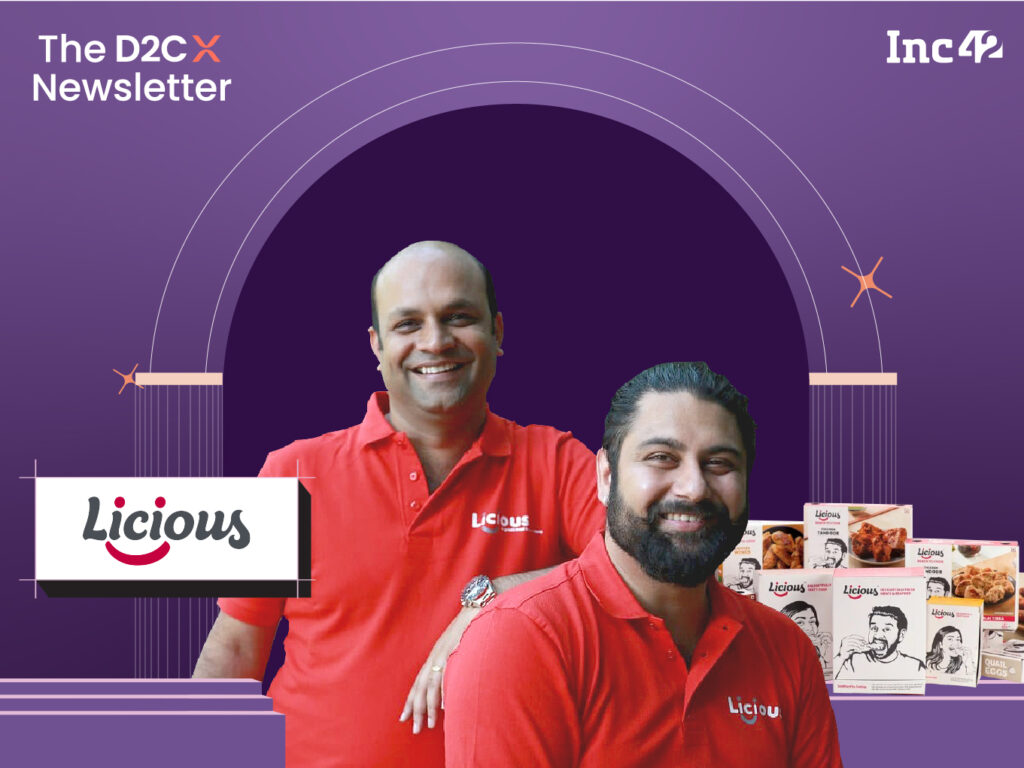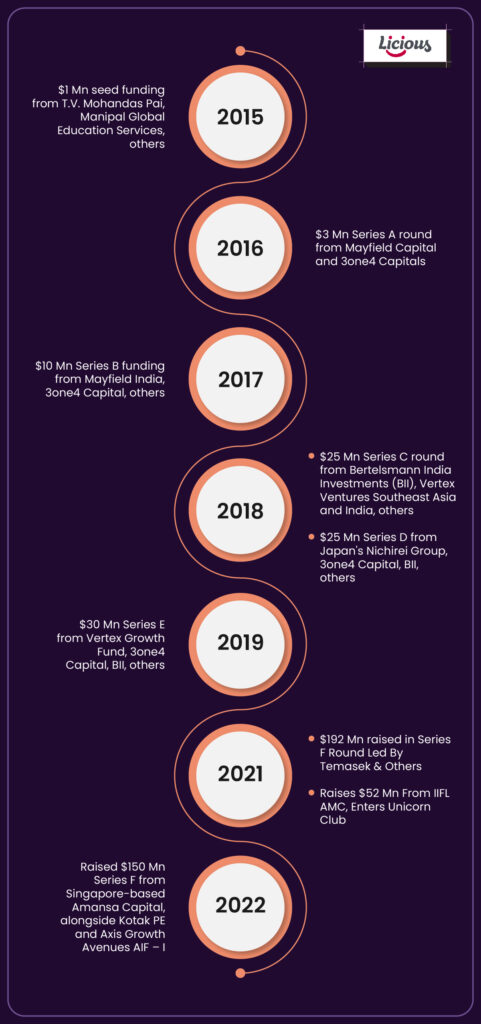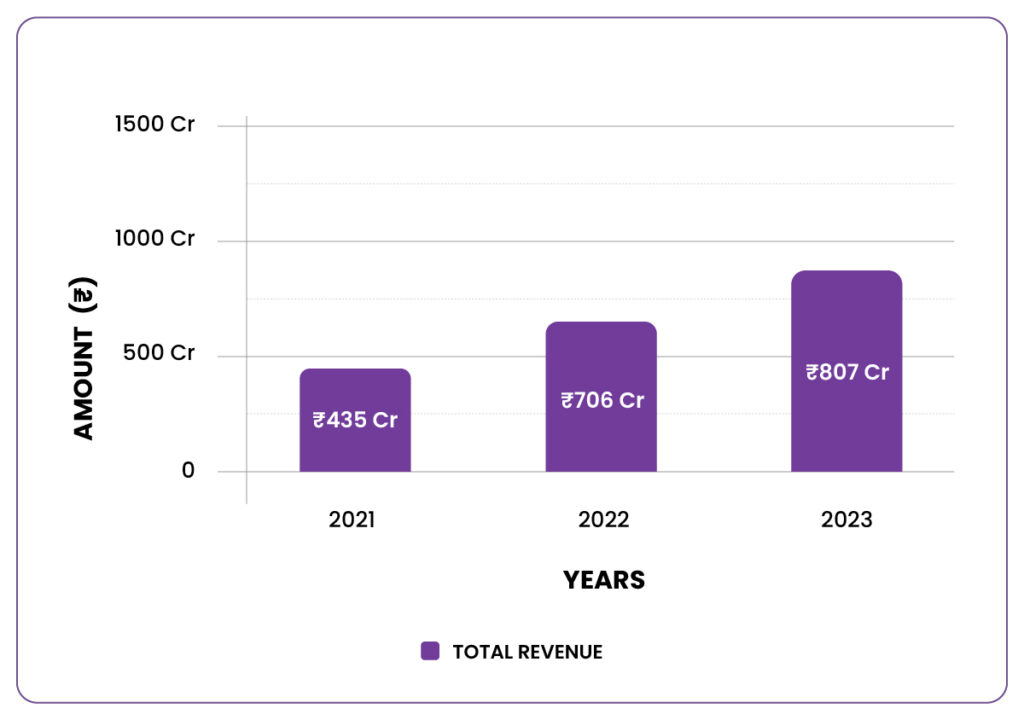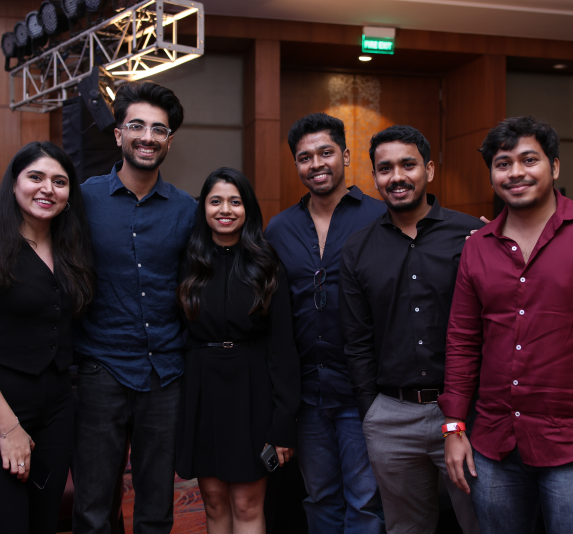Hold on – before you make your next purchase on today’s flashy ecommerce/quick commerce/D2C websites, ask yourself – are you buying the product or the experience?
Because “experience” is what separates Brands from mere products.
This is what prompted 2 meat lovers to change the way India consumes meat.
Having lunch one day and realising that the chicken they’re having isn’t of great quality was the moment of realisation for the duo to create something unique and unparalleled in the world of meat.
The duo – Abhay Hanjura & Vivek Gupta then went to create Licious – India’s First D2C Foodtech Unicorn. And this is their story.
You Sell What You Yourself Eat
Licious was launched in 2015, with a simple mission statement that it would not sell what the cofounders would not eat themselves.
Before taking the plunge into the world of selling meat the duo deep dived into a preliminary research that included industry statistics, consulting food industry experts and visits to poultry, goat firms and the coastline to understand how the supply chain operated.
They also gained insights into setting up processing centres and building cold chains from evolved meat-eating markets like China, Japan and Korea.
Soon the startup started catering to 100 orders a day.
0% Outsourcing, 100% Ownership: The Licious Secret
Licious started out by outsourcing its customer care operations. “Big Mistake” they realised for the outsourced team could never know much about its products and could not respond to customers’ queries for prompt and effective resolution of issues.
So, the company decided to get all its employees on the payroll and train them extensively on meat and seafood.
“Since we do not outsource any of the job roles guarantees greater accountability and a sense of ownership across the organisation. All Licious products undergo more than 150 quality checks at various stages of processing,” – Abhay Hanjura
Licious functions on the farm to fork business model, meaning that the company owns the entire back-end supply chain – procurement, processing, storage – all of it.
This is also the reason why Licious has expanded slowly. Although it started operations in Bengaluru in 2015, it moved on to Hyderabad and Delhi-NCR in 2017.
“We wanted to gain an in-depth understanding of the business before we speeded up expansion. For us, it was more important to do it right than to do it in a hurry,” – Hanjura
With this ownership in place, Licious could also respond swiftly to the changing ground realities in the wake of the Covid-19 pandemic
Developing An Appetite For Growth
According to a RedSeer report, the online meat market opportunity is estimated to reach $80-85 Bn by 2024, with the space ripe for disruption by branded players.
The model is of course capex heavy with increased growth YoY which also points at Licious’ consistent fundraises since 2015 and investor confidence.
With the $52 Mn fundraise in 2021, Licious entered the coveted unicorn club and became the first D2C foodtech startup to do so.
The Secret Sauce Of Licious: Behind 1000 Cr ARR
“When you look at an opportunity in India, you can get excited by the size of it, but we have to get the fundamentals right to crack that opportunity,” said Vivek Gupta at one of Inc42’s premium D2C Conferences.
Today Licious stands where it does on the back of 3 pillars:
- Unmatched proposition
- A bunch of mavericks in the team
- Customer obsession
And the numbers speak for themselves.








.svg)
.svg)





